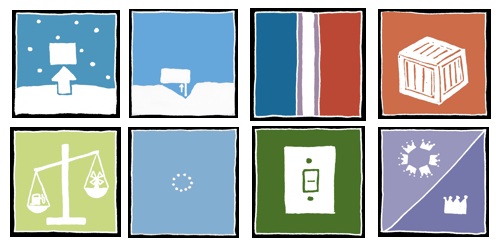
People of the South Pole Station
In isolated settings it is important for strong leadership to exist in order to avoid low morale and failure in polar expeditions. However for all communities there should always be a balance between formal leadership roles and informal group structure. To ensure coherence as a community at the South Pole Station, people are selected based on their chance of working successfully and diligently through the term of their contracts as well as providing "effective employee relations" in order to create a successful working environment. Polar workers are generally adventurous, well-traveled, well educated people; there are doctors who apply to be janitors and lawyers who will work in the kitchen in order to have the chance to affordably experience the South Pole. Before coming to the South Pole, all workers must undergo psychological testing and drug and alcohol screening as part of their assessment to determine if they are capable of dealing with the harsh and isolated conditions. Once at the station, everyone is expected to work longer work weeks than usual on occasion, and they are expected to assist others in their duties and assume community-related responsibilities. No guarantees are made regarding duties, location, or duration of work.
"Winter-Overs"
The "winter-overs" are a group of several dozen staff that keep the station functional through the winter. Winter over crews are a civilian operation, with no military involvement, and are completely isolated from mid-February to late October. The crew consist of two primary groups of people: the support personnel and the NSF grantees and their employees. The support personnel, or the "trades", work for a private firm and are contracted to run day-to-day operations of the station. These include plumbers, carpenters, electricians, mechanics, cooks, material handlers, science and computer technicians and station manager. The NSF grantees are scientists conducting research down at the South Pole. They will often bring employees such as grad students, science technicians, and post-doctoral fellows. The scientists and their crew are known as "beakers". At the station, joking behaviour and pranks are an important part of the culture; crew members are assessed on their ability to participate in such behaviour, as it is believed that it helps to improve morales in the extreme isolated conditions. Leadership is also a vital component of the winter-over crew. The importance of leadership lies in the ability of the leader to bring people together in various social contexts, for example dinner parties, sporting events, or movie nights. It is strongly felt that such activities help to de-segregate the "trades" from the "beakers" and create a more cohesive environment. It is the interplay of these social roles that determine the success of the network structure in isolated and extreme conditions.
Selection Process for Winter-Over Crew


No comments:
Post a Comment